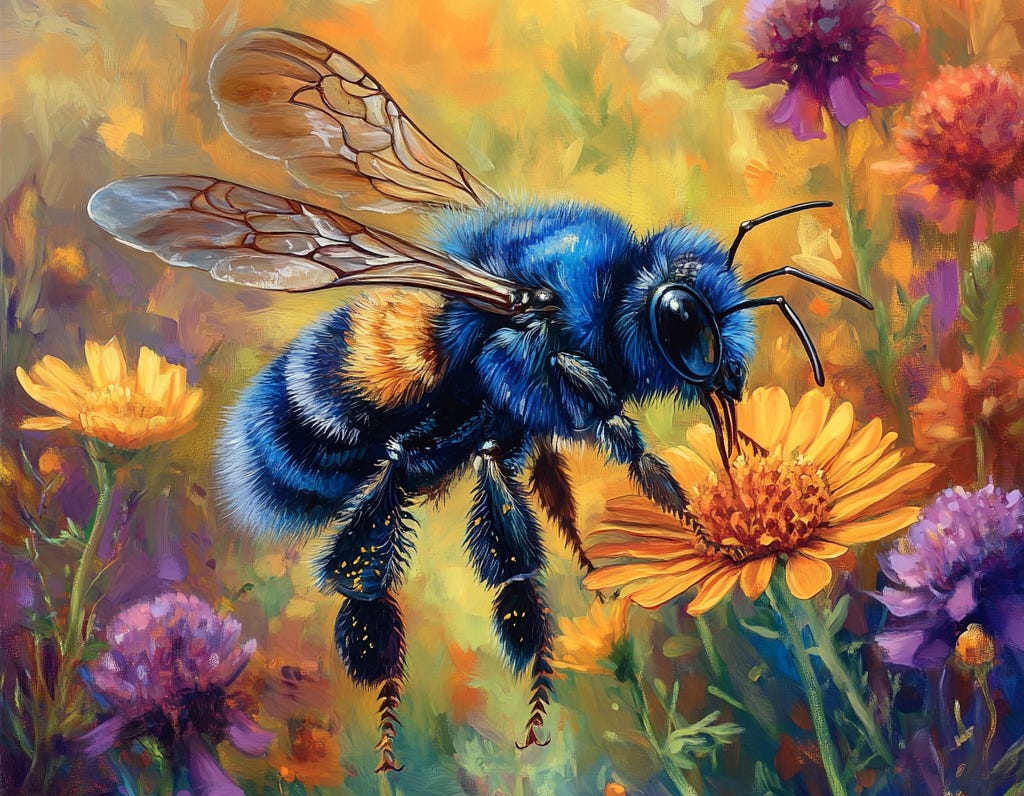Mastering the Season - II
Secrets to Thriving in Autumn's Blustery Winds!
Dear friends,
I hope you had a wonderful Thanksgiving break and managed to get more writing done. Here’s more about those furry little critters! I’ve decided to create a version for children aged 6 to 12, and I will be posting these every other week. Do you think it’s a good idea to have a younger version? I wonder if
would like to share them on his Su…Keep reading with a 7-day free trial
Subscribe to Light Shadow and Ink to keep reading this post and get 7 days of free access to the full post archives.



